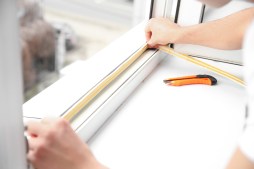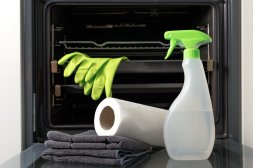How to Diagnose and Fix a Slow-Draining Shower Step-by-Step
A slow-draining shower can be frustrating, causing water to pool and making your shower experience less pleasant. Fortunately, diagnosing and fixing the problem is often straightforward if you follow the right steps. In this article, we’ll guide you through a step-by-step process to identify the cause of a slow drain and provide practical solutions to get your shower water flowing smoothly again.
Step 1: Identify Common Causes of Slow Drainage
Slow drainage usually occurs due to clogs caused by hair, soap scum, dirt buildup, or mineral deposits. Sometimes, it might also be caused by problems deeper in the plumbing system like venting issues or pipe damage. Understanding these common causes will help you determine where to focus your efforts when fixing the problem.
Step 2: Remove Visible Debris from the Drain
Start by removing any visible hair or debris around the drain cover. Use gloves and possibly a bent wire hanger or specialized drain snake tool to pull out hair clumps trapped just beneath the surface. This simple step often resolves minor drainage issues quickly.
Step 3: Clean the Drain with Natural Solutions
If removing visible debris doesn’t fully restore drainage, try using natural cleaning methods. Pour a mixture of baking soda followed by vinegar down the drain; let it fizz for about 15 minutes before flushing with hot water. This can break down soap scum and other buildup without harsh chemicals.
Step 4: Use a Plunger or Mechanical Snake for Deeper Clogs
For stubborn clogs further down the pipe, use a plunger specifically designed for drains or a mechanical drain snake. These tools help dislodge blockages that are not reachable by hand removal alone. Be sure to follow safety instructions while using these tools to avoid damaging your pipes.
Step 5: When to Call a Professional Plumber
If after trying these steps your shower still drains slowly, it might indicate more serious plumbing issues such as damaged pipes or venting problems requiring professional assistance. A licensed plumber can diagnose complex problems and perform repairs safely and effectively.
Addressing a slow-draining shower doesn’t have to be complicated when you know how to diagnose and tackle common issues yourself first. By following these step-by-step instructions, you can often fix minor clogs at home quickly—saving time and money while restoring your shower’s performance.
This text was generated using a large language model, and select text has been reviewed and moderated for purposes such as readability.











